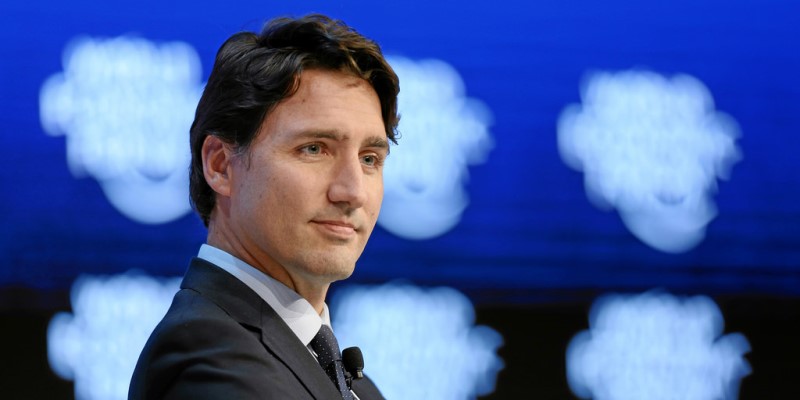Trudeau government carbon tax plan rife with problems

In case you hadn’t heard, the Trudeau government revealed last week how it would implement the federal “backstop” plan for provinces that (according to Ottawa) have inadequate carbon tax schemes. In essence, the federal government wants to tax the people in non-compliant provinces, and then hand them most of the money back directly in lump-sum rebates.
Sadly, this approach embodies the fallacy behind carbon pricing generally. The first and most fallacious idea is that one can send billions of dollars to the federal government without the feds capturing any of that revenue to advance their favourite causes. As a 2017 Fraser Institute study showed, no government in Canada has adopted or long-maintained a genuinely revenue neutral carbon tax that satisfies the conditions for pricing carbon efficiently while protecting the environment.
For carbon pricing to be efficient and economically benign, it must be emplaced in lieu of regulations—not layered on top of them. And the revenue must be used to lower other more distortionary taxes such as the personal income tax or corporate income taxes. Moreover, the revenues must not be used to further distort the energy economy by having governments “invest” in pet projects or selective forms of energy production. Finally, the tax must be set at the social cost of carbon emissions adjusted for the cost of raising taxes. Canadian jurisdictions already charge significantly higher carbon prices than an adjusted social cost of carbon demands.
Consider Alberta. Premier Rachel Notley supports the Alberta carbon tax of $30 per tonne of emissions. Phased in by 2018, it was expected to generate some $4 billion in revenues from 2017 to 2020. Part of that $4 billion will subsidize Alberta’s emitters (granting a windfall to the very people producing most of the emissions). Low-income Albertans will receive a small piece of the pie, ostensibly to avoid the optics of having low-income people experience higher costs for energy consumption during winter months. The rest—$2.6 billion/year, or 44 per cent of revenues—will be spent on favoured government projects such as home efficiency programs.
Then there’s Quebec, whose cap-and-trade system has brought in $330 million, with an expected $3 billion by 2020 (and probably more, as the province will have to match the escalating national price floor established by Ottawa). Where does the revenue go? Emitters receive free permits while the remaining revenue is spent on “programs to fight climate change.”
Finally, consider the vaunted British Columbia carbon tax. A 2017 study verified that in this tax’s early years, it was revenue neutral. Personal and corporate tax rates were reduced and additional tax reductions ensured revenue neutrality. But by 2013/14, only five years into the tax system, the provincial government had taken to shaky bookkeeping to preserve the appearance—but not reality—of revenue neutrality.
Yes, the B.C. government restored revenue neutrality in the overall economic sense. But rather than purely returning revenues to the general population in the form of lower tax rates, diversions from those types of tax reductions began in only the second year, with measures targeted at specific subgroups of the population. Those special interest tax credits rose from one credit in year two, to six credits by year seven when $148 million (12 per cent) of actual offsetting tax measures were directed to specific sub-populations (e.g. Northern and Rural Homeowner Credits, Children’s Fitness Credit and Children’s Art Credit, Small Business Venture Capital Credit, Industrial Property Tax Credits for Major Industry, Industrial Property Tax Credit for Light Industry, School Property Tax Reduction for Farm Land, etc.). Again, the B.C. government has restored the tax to overall revenue neutrality, but the set asides will likely remain.
Prime Minister Trudeau promises revenue neutrality (for the federal government) and even suggests that most households will get more in a rebate than they pay in tax. As for instituting an “efficient” carbon tax, that’s unlikely to happen in a real world where regulations are sacrosanct and special interests insist on government subsidizing “clean energy” products.
Based on what we’ve actually seen implemented in Canada, the government should scrap the federal carbon price backstop and allow provinces to determine optimal climate policies for their unique economies. But don’t hold your breath.
Author:
Subscribe to the Fraser Institute
Get the latest news from the Fraser Institute on the latest research studies, news and events.

